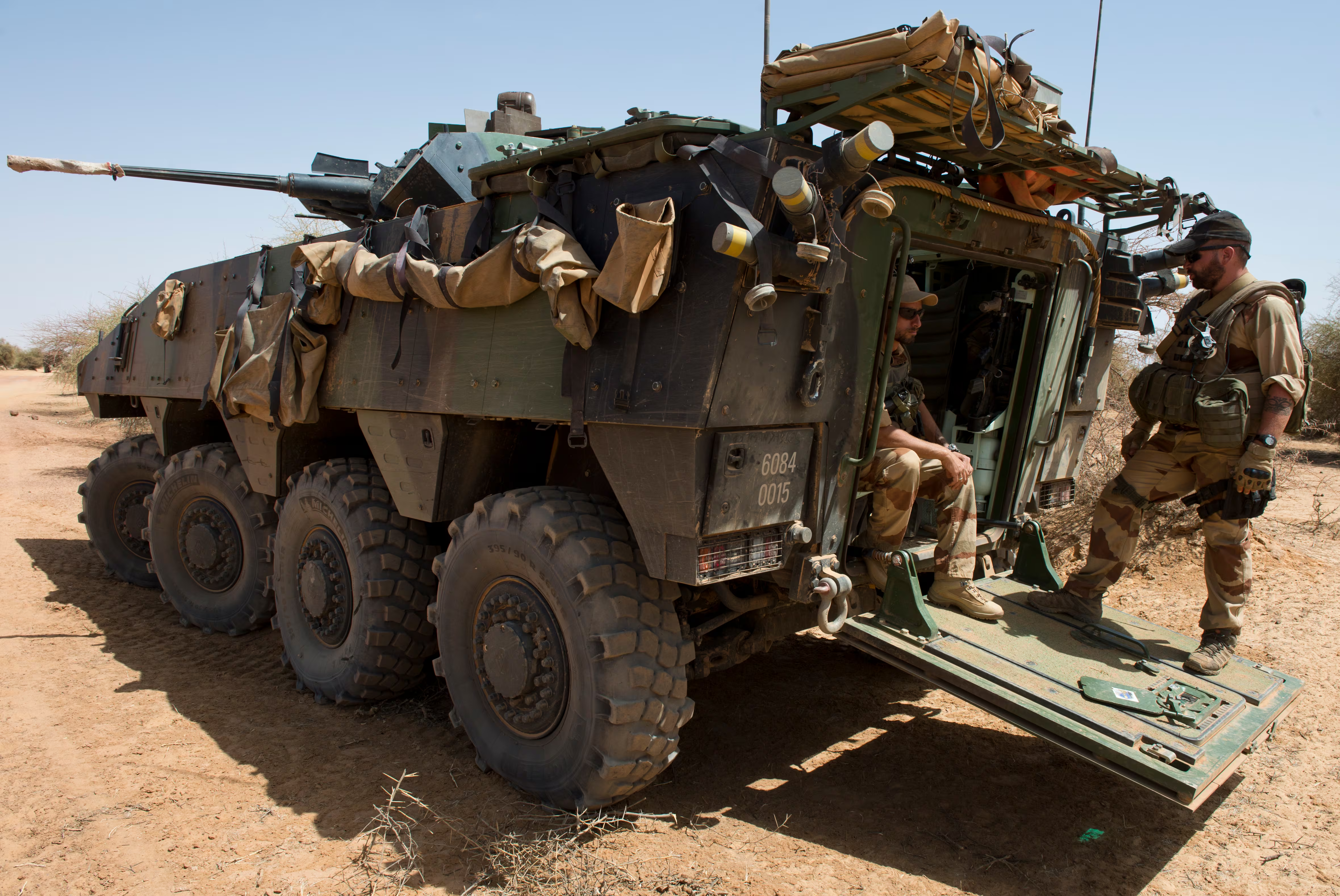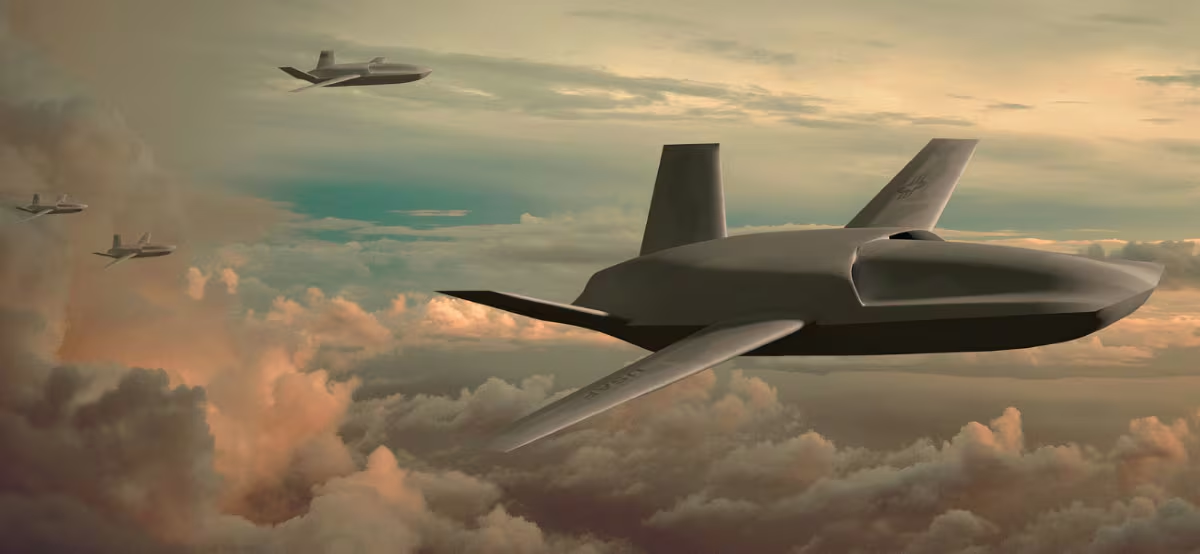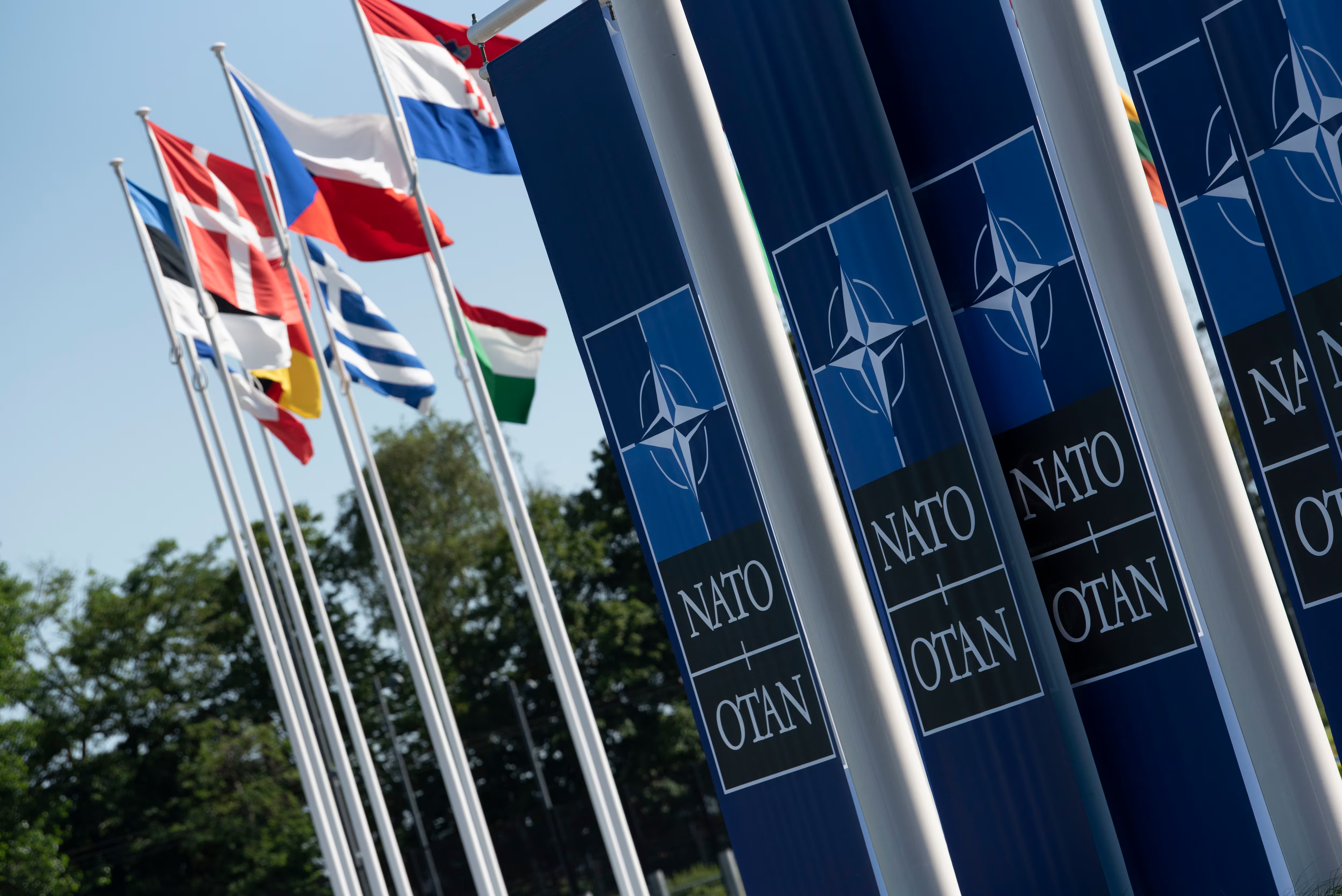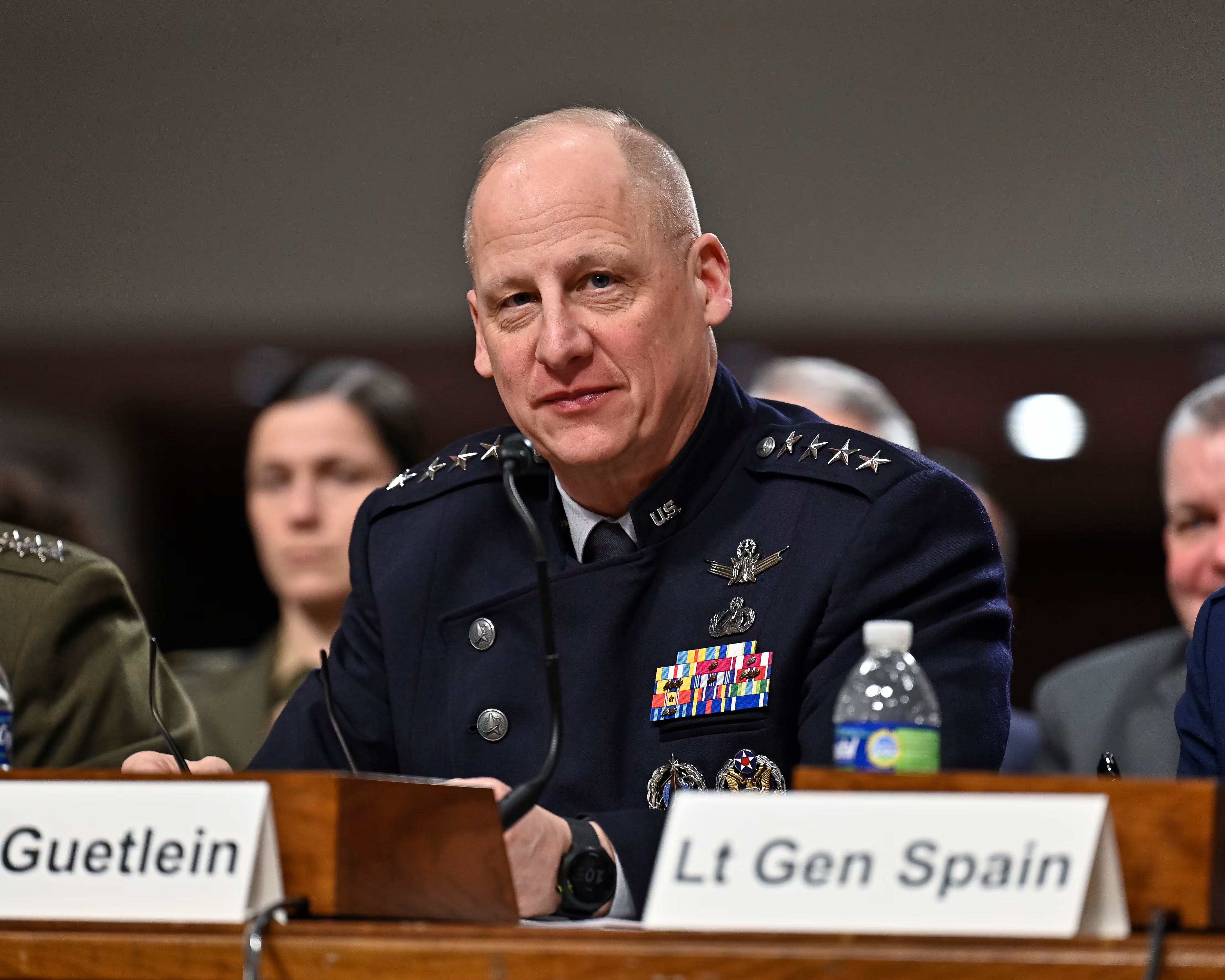LONDON — Industry proposals on how to meet a requirement for a key armored vehicle for the British Army dropped on the desks of Ministry of Defence (MoD) procurement officials Tuesday, even as claim and counter-claim continue to reverberate around the sector on whether the government will hold a competition or hand the deal to German supplier ARTEC.
Responses to what is known as a preliminary market engagement questionnaire released by the MoD were lodged Nov. 22 ahead of a decision — to take place in the second quarter of next year — on an acquisition strategy for a mechanised infantry vehicle (MIV) program. The program likely will involve the purchase of more than 500 armored personnel carriers and other variants.
The questionnaire is meant to start answering queries about the capabilities of off-the-shelf in-service vehicles, possible local industry content and other issues. Yet some industry executives here claim it has as much to do with bolstering the case for a government-to-government (G2G) deal to buy ARTEC's eight-wheel drive Boxer vehicle as anything else and are trying to derail any single-source deal. ARTEC is a joint venture of manufacturing company Krauss-Maffei Wegmann and automotive technology group Rheinmetall.
The MoD refutes the claim, although without explicitly ruling out the G2G option.
"Ministers want a competitive process and this is an opportunity for any firm to set out what they can offer," an MoD spokeswoman said.
Ministry sources also emphasis the same point, saying the approach in the department is competitive procurement wherever possible.
Sources here say discussions between the British and the Germans on a potential deal, probably managed through OCCAR, the European procurement and program management agency running the Boxer progam for the three customers, have been underway for months.
Stefan Lischka, the managing director of ARTEC, told Defense News that if the British bought into the same contract that OCCAR has with other Boxer nations, they could have a deal signed within 11 to 12 months and the first vehicles handed over in 2019.
Boxer is already in operation with the German and Dutch armed forces. ARTEC recently added Lithuania as a customer.
Britain was a partner in the Boxer program but withdrew in 2003, principally because the Army changed its requirements more toward lighter-weight, air-deployable vehicles.
The push for a G2G purchase echoes an earlier move by the British to acquire an eight-wheel drive vehicle when some members of the Labour administration in 2007 reportedly wanted to strike a deal with the French to acquire Nexter's VBCI vehicle.

French soldiers pause in their VBCI in a convoy in Mali. One feature of the upgraded VBCI version is improved air conditioning.
Photo Credit: John MacDougall/AFP via Getty
That initiative foundered, and the British, after a competition that also included the Boxer, eventually selected General Dynamics' Piranha 5, only for the deal to also founder when the two sides couldn't reach an agreement over contract details.
Now the British are having a third attempt at buying an eight-wheel drive vehicle.
This time ARTEC, General Dynamics, Lockheed Martin possibly teamed with Patria, Nexter, ST Kinetics and maybe others are expected to have responded to the preliminary market engagement in what is now regarded by the Army as a priority requirement to equip two new strike brigades now being formed with the capability to deploy rapidly and over long distances.
Nexter is offering it's VBCI; Lockheed Martin and Patria are talking about joining forces to offer the Finnish company's AMV vehicle; and ST Kinetics has previously said it would offer the latest version of its Terrex platform.
General Dynamics UK said in a statement it had offered a range of vehicles for consideration by the Britsh in its submission.
"We have a number of off-the-shelf, in-service platforms that are suitable for the MIV program, which we have set out in our response to the UK MoD," a General Dynamics spokesman said.
The UK arm of General Dynamics is already supplying tracked scout and other elements of the strike brigades in a £3.5 billion (US $4.3 billion) production deal for 589 vehicles signed in 2014. BAE Systems doesn't have a vehicle of its own in contention but has been looking to leverage its armored vehicles facilities and know-how in a link with one of the potential bidders.
"BAE Systems Land (UK) continues to develop its relationships with leading 8x8 prime contractors and we have provided input into preliminary market engagement responses," a company spokesman said.
Spooked at potentially missing out on one of Europe's biggest armored vehicle progams due to the Army's preference for a fast-track procurement of Boxer in a G2G deal, at least one rival supplier has been conducting a campaign in the British national media to force the MoD to run a competition.
Unnamed industry sources quoted in two recent articles in The Times said a single-source deal with ARTEC would cost taxpayers £1 billion more and cost hundreds of British jobs without a competition. ARTEC executives, however, reckon that's way off the mark.
Price comparisons used by rival executives were "nonsense," according to Stefan Lischka, ARTEC's managing director.
"The £4.4 million quoted price of a vehicle was not that far off the cost of the infantry fighting vehicle version of Boxer ordered by the Lithuanian military earlier this year, but that includes a turret with a 30mm gun and Spike anti-tank missiles, so you are not comparing apples with apples," the ARTEC boss said.
Company executives talking on background to reporters during briefings in Germany recently conceded the Boxer is not cheap, but Lischka said you get what you pay for. "Take a 3 Series BMW and a Skoda: They have four wheels and a roof, they are both called cars, but there is a difference," he said.
"Compared with vehicles in our class, way above 30 tons, the difference is not that much. It depends on the specification the [British] go for," he added.
Lischka reckons their proposal will bring jobs to the UK and he estimates that the local supply chain will account for between 50 percent and 60 percent of the program by value, including assembly.
"It's in our interest to do as much work in the UK as possible. It's a UK program and we will be [working] in pounds at a time when nobody knows where the exchange rate will be. So part of our motivation is to reduce risk," the executive said.
The company is in talks with several potential partners on assembly, and Lischka said it is possible they will split the work with the automotive platform being produced with one partner and the mission modules being assembled by at least one other partner.
Boxer is unique in having interchangeable modules that allow the vehicle to switch its role from armored personnel carrier to command post, ambulance or several other missions in as little as 60 minutes.
An ARTEC industry day in Leamington Spa, England on Nov. 16 attracted more than 30 British companies interested in providing local content.
The German company had a Dutch-built engineering version of the Boxer draped in a Union Jack standing outside the hotel entrance where the event was being held.
Lischka said it's likely a lightly modified version of the Dutch vehicle would be offered to the British for their APC, command post, ambulance and repair requirements.
The German company is already eyeing further potential uses of the platform, and executives said they had already shared ideas with the MoD over a Boxer 155mm howitzer module it is developing, as well as possibly replacing British Army Stormer short-range air defense vehicles and bridging capabilities with versions of the eight-wheel drive vehicle.
The British have already started early work on looking at a towed or wheeled 155 mm howitzer for deployment as part of the new strike brigades in a requirement known as the medium-wheeled gun system.
MIV contender Nexter is another contender for the 155mm requirement with its Caesar system.
Pierre Tran and Lars Hoffman contributed to this story.
Andrew Chuter is the United Kingdom correspondent for Defense News.








